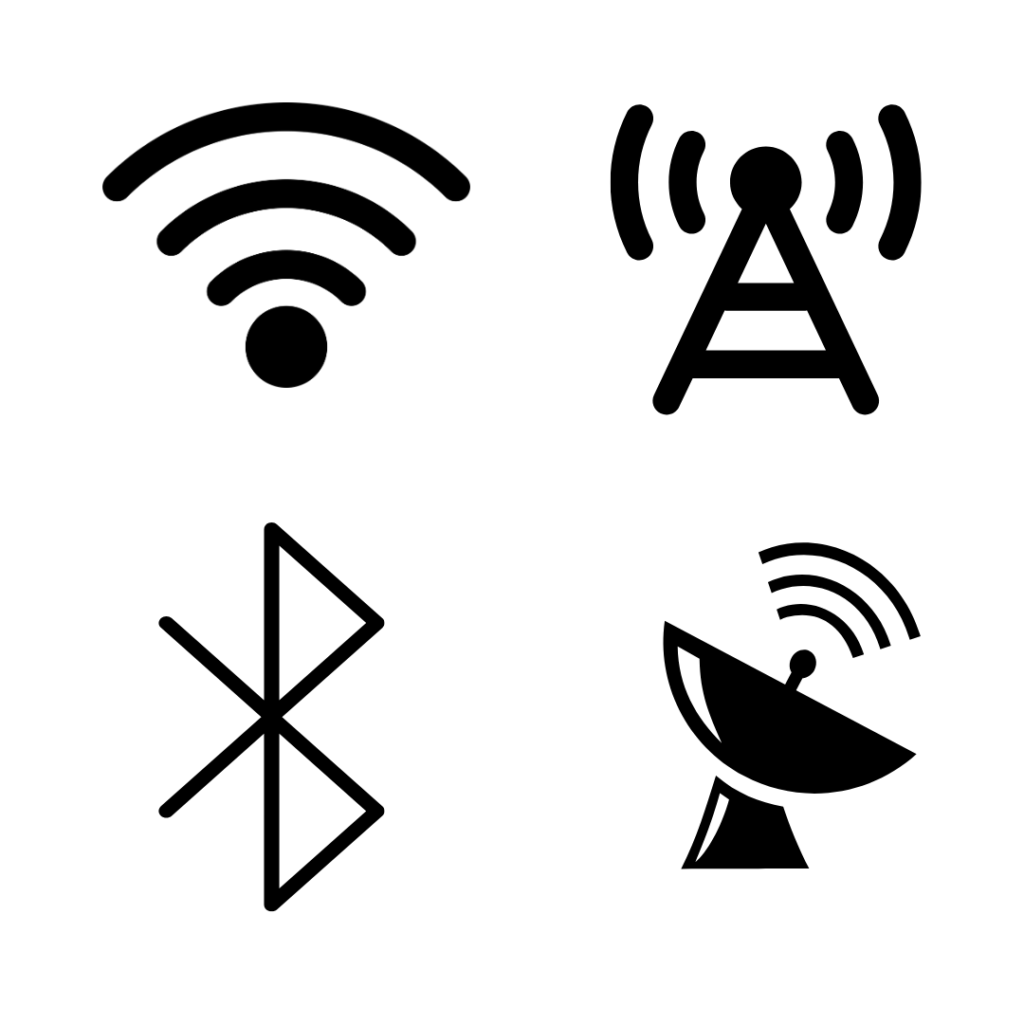Wireless networks use wireless signals, typically radio waves, to transmit data between devices and provide network connectivity. This allows devices to connect and communicate without the need for physical wired connections.
The primary component of a wireless network is the wireless access point or router. This serves as the central hub that enables wireless connectivity. It broadcasts wireless signals, allowing devices within its range to connect. Devices in a wireless network need to have compatible wireless network adapters to receive and transmit data wirelessly.

Advantages Of Wireless Networks
In our digitally connected world, the freedom and convenience offered by wireless networks has become indispensable. From accessing the internet on our mobile devices to connecting smart home devices seamlessly, wireless networks have revolutionized the way we communicate, collaborate, and stay connected. There are many benefits provided by Wireless Networks, some of them being:
- Mobility and Flexibility: One of the primary advantages of wireless networks is the freedom of mobility. With wireless connectivity, we can access the network from anywhere without the need to be connected to cables. From checking our emails in a café to streaming songs while jogging, wireless technologies have revolutionized the way we connect and communicate.
- Easy Installation and Scalability: Wireless networks eliminate the need for extensive cabling, making them quick and easy to install and set-up. Moreover, they offer scalability. For exmple, your home or office wifi can connect various multiple devices from various users including phones, laptops and TVs. All these devices can connect to one WiFi point without the need of multiple WiFis.
- Cost Efficiency: Wireless networks can be cost-effective, especially in situations where running cables is impractical or costly. Wireless infrastructure requires fewer physical components and can reduce maintenance expenses over time.
- Connectivity for Remote Areas: Wireless networks enable connectivity in remote areas where it may be challenging or costly to lay cables. This makes them a crucial tool in bridging the digital divide and bringing internet access to underserved communities.
What are the Different Wireless Protocols?
Wireless networks operate based on specific wireless technologies and protocols, such as Wi-Fi (Wireless Fidelity), Bluetooth, cellular networks (3G, 4G, 5G), and satellite communication.
Wi-Fi (Wireless Fidelity):
Wi-Fi is the most widely used wireless networking technology. It operates on radio waves and allows devices to connect to a local area network (LAN) or the internet wirelessly. Wi-Fi networks are widely deployed in homes, offices, public spaces, and businesses. They provide convenient and seemless wireless connectivity. Some facts about WiFi:
- The most commonly used standards include 802.11a/b/g/n/ac/ax, each offer improvements in data transfer rates, range, and network capacity.
- It operates in two main frequency bands: 2.4 GHz and 5 GHz. The 2.4 GHz band provides broader coverage but lower speeds. The 5 GHz band offers higher speeds with shorter-range coverage.
Bluetooth:
Bluetooth is a short-range wireless technology. It is mostly used for connecting devices in close proximity. Bluetooth facilitates wireless communication between devices such as smartphones, tablets, computers, headphones, speakers, and IoT devices. It operates in the 2.4 GHz frequency band and supports various profiles for different applications, including audio streaming, data transfer, and device control.
Cellular Networks:
Cellular networks provide wireless connectivity over a wide area, allowing mobile communication and internet access. Technologies like 3G, 4G LTE, and the upcoming 5G enable high-speed data transfer, multimedia streaming, and support for advanced applications. Cellular networks rely on a network of base stations that communicate with mobile devices, providing seamless connectivity while moving across different cell coverage areas.
Satellite Communication:
Satellite communication utilizes satellites orbiting the Earth. These satellites provide wireless connectivity over large geographic areas, including remote regions and maritime environments. These are widely used for applications such as global internet access, broadcasting, telecommunication services, and disaster recovery.
Security Considerations:
Wireless networks present unique security challenges due to the broadcast nature of wireless signals. It is very important to implement robust security measures to protect data and prevent unauthorized access. Some essential security practices include:
Encryption: Encryption protocols (such as Wi-Fi Protected Access 2) for Wi-Fi networks ensure that data transmitted is securely encrypted and protected. Encryption algorithms scramble the data, making it unreadable to anyone without the encryption key.
Network Authentication: Implementing strong network authentication methods adds an extra layer of security. This involves requiring users to enter a password or using more advanced methods such as Wi-Fi Protected Setup (WPS) or Wi-Fi Protected Access (WPA3) with stronger authentication protocols.
Firewalls and Intrusion Detection Systems: Deploying firewalls and intrusion detection systems helps monitor network traffic and detect any suspicious or malicious activity. Firewalls filter incoming and outgoing network traffic and intrusion detection systems analyze network behavior for potential threats.
Network Segmentation: Wireless networks can be segmented to create separate network zones, improving security by isolating sensitive data or critical systems from general network traffic. This prevents unauthorized access to sensitive information.
Conclusion
A wireless network is a technology that enables devices to connect and communicate without physical wired connections. It allows us to roam freely, no longer confined to a single spot by a web of wires.
These networks surround us in our everyday life. Our homes, offices, shops and even parks and airports provide us with wifi connectivity. Moreover, cellular Data has become an integral part of our life. Wireless networks also play a crucial role in enabling connection among IoT (Internet of Things) devices such as smart sensors, watches, TVs and refrigerators.
Wireless networks provide us with an unprecedented amount of convenience, mobility, and flexibility and have truly transformed the way we connect and communicate.
Related Artilces:
Transmission Media used in the TCP/IP Protocol
